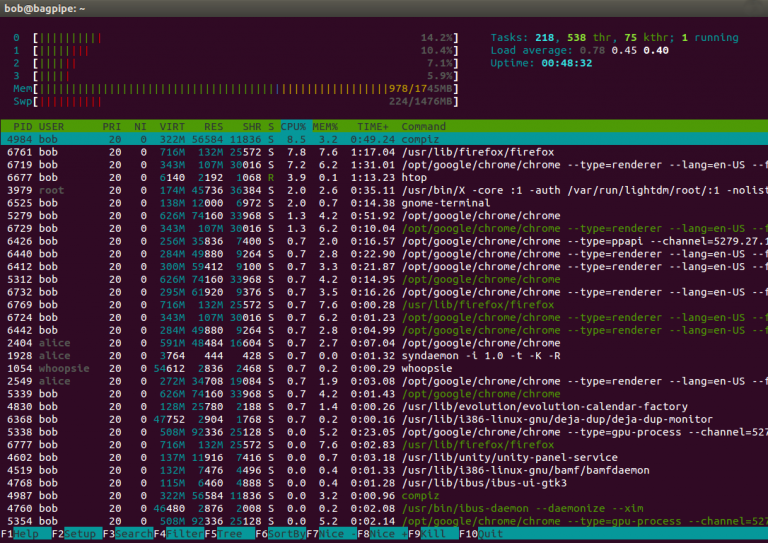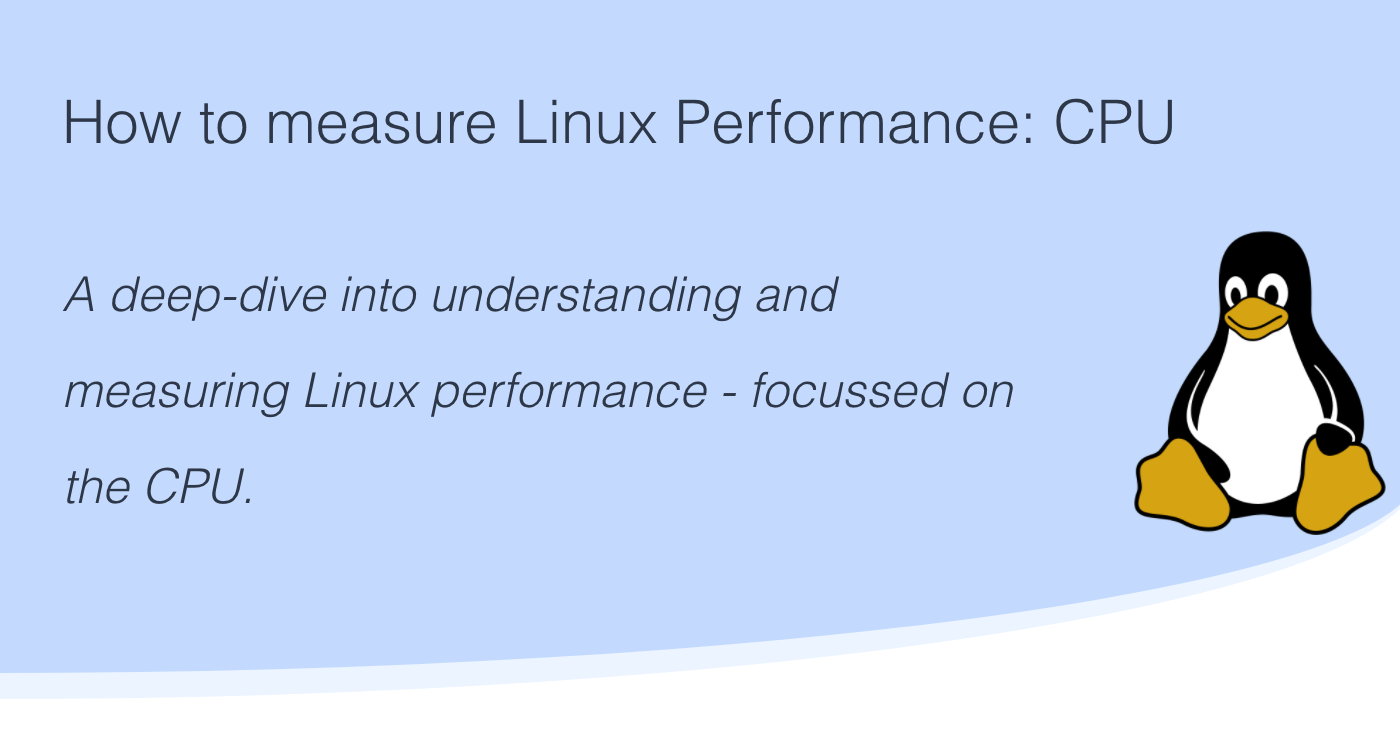

Or, you can just use htop and sort by %CPU htop also allows you to kill processes and much more. bashrc like this alias top5="ps -e -o pid,cmd,%cpu,%mem -sort=-%cpu | head -n 6"Īfter doing source.

| 2982 | /usr/bin/gnome-shell | 2.7 | 3 |įor ease of use and avoid typing this command over and over you can alias them into your. Which gives this beautiful output - | PID | CMD | %CPU | %MEM | Or, for something fancier, you can install a python package called tabulate, type this in your terminal pip install tabulate, now you can really show off, using some sed fu etc ps -e -o pid,cmd,%cpu,%mem -sort=-%cpu | head -n 5 | tabulate -1 -f github | cut -f 2-d "|" | sed '2s/-/ /' For example you can use watch to update the list every 2 seconds like this watch "ps -e -o pid,cmd,%cpu,%mem -sort=-%cpu | head -n 6" Now that we understand the basics we can show off a little. Then we pipe this into head -n 6 which gives us the this PID CMD %CPU %MEMĤ02083 /usr/lib64/firefox/firefox 4.2 6.7ĩ78875 /usr/lib64/firefox/firefox 3.6 4.0 Also -sort needs the parameter to sort by, which we provide by -%cpu notice the - this is so that it sorts descending and we get the highest CPU usage first.

One important point to note here is that by default it sorts ascending.

e shows every process on the system -o is to define the format we want the result in, as you can see we have specified the format as pid,cmd,%cpu,%mem, next -sort ofcourse, sorts. ps ofcourse shows a snapshot of current processes. So, for bare bones, type ps -e -o pid,cmd,%cpu,%mem -sort=-%cpu | head -n 6 Here is something I came up with as I found the original answer a bit too arcane. # where the input file has the columns ` ` usage-plot.gp top.dat top.png: #!/usr/bin/env gnuplot -persist -c While true do top -p $PID -bMn 1 | egrep '^+' | awk -v now=$(date +%s) '' > top.dat done To determine the CPU usage of a running/single process via the ps command, we will adhere to the following command syntax: ps -C PROCESSNAME -o cpu For instance, the CPU Usage of a process will yield the following results. unix time - memory with m/g suffix - CPU load in % Run this script (perhaps via nohup) to capture the data: #!/bin/sh If you want to monitor the memory and CPU usage of a particular Linux process for a few minutes, perhaps during a performance test, you can capture the data with top and plot them with gnuplot. Keep reading to learn how.


 0 kommentar(er)
0 kommentar(er)
